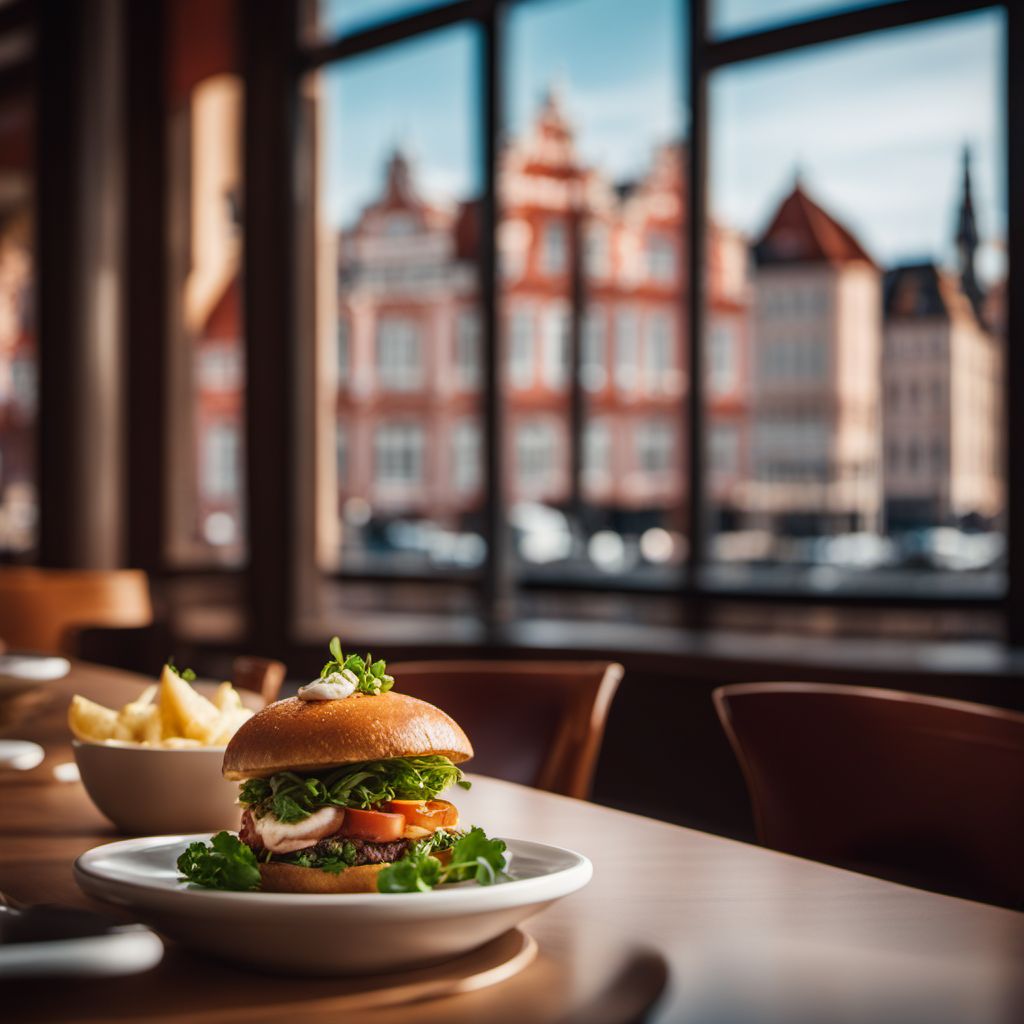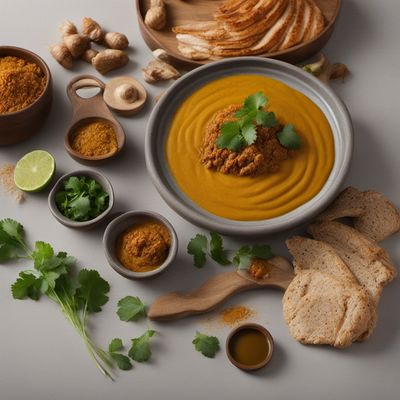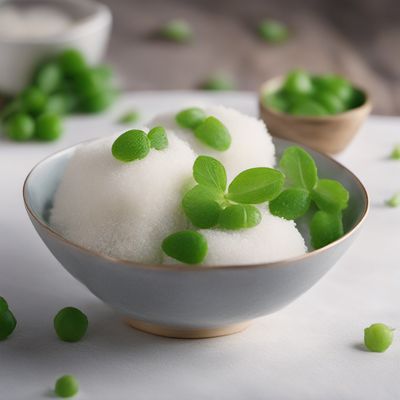
Cuisine
Baltic cuisines
Baltic cuisines are characterized by their use of local ingredients such as fish, potatoes, and rye bread. The cuisine is known for its hearty, filling dishes and emphasis on comfort food. Common ingredients include herring, salmon, potatoes, beets, and cabbage. The cuisine also makes use of herbs and spices such as dill, caraway seeds, and juniper berries.
Typical ingredients
Fish, Potatoes, Rye bread, Herring, Salmon, Beets, Cabbage, Herbs and spices such as dill, Caraway seeds, Juniper berries
Presentation and garnishing
Presentation is often simple and rustic, with an emphasis on the natural beauty of the ingredients. Garnishes may include fresh herbs or edible flowers.
The cuisine of the Baltic region has influenced many other culinary traditions around the world, particularly in the areas of fish and potato dishes.
More cuisines from this region...
Lithuanian cuisine, Latvian cuisine, Estonian cuisine, Livonian cuisine
History
The cuisine of the Baltic region has a long history dating back to the medieval era. The harsh climate and limited growing season in the region meant that people had to rely on preserved foods such as salted fish and meat. Over time, the cuisine evolved to incorporate fresh ingredients as they became available. Today, Baltic cuisine is known for its emphasis on local ingredients and hearty, filling dishes.
Cultural significance
Baltic cuisine is an important part of the region's cultural heritage. Many traditional dishes are still enjoyed today, and the cuisine is celebrated at festivals and events throughout the year. The cuisine is also known for its emphasis on sustainability and use of local ingredients.
Health benefits and considerations
Baltic cuisine is generally considered to be healthy due to its emphasis on fresh, natural ingredients. However, some dishes may be high in fat or salt.
Baltic cuisines recipes Browse all »

Baltic-Style Herb Sauce
Herbaceous Delight: A Baltic Twist on Sauce Gribiche

Baltic-style Tuna Gimbap
Oceanic Delight: Baltic-style Tuna Gimbap

Baltic-style Tunnbröd
Savor the Flavors of the Baltic with this Tasty Tunnbröd Recipe

Baltic-Inspired Almond Pudding
Amber Delight: Baltic-Inspired Almond Pudding

Baltic-style Chicken Stew
Hearty Baltic Chicken Stew: A Taste of Northern Comfort

Baltic-style Pickled Vegetables
Baltic Brine: A Tangy Twist on Pickled Vegetables

Baltic-style Glass Noodle Stir-Fry
Savory Baltic Delight: Glass Noodle Stir-Fry

Baltic-Inspired Yellow Mole
Sunshine in a Bowl: Baltic-Inspired Yellow Mole

Baltic-style Stir-Fried Vegetables with Soy Sauce
Savory Baltic Veggie Medley: A Fusion of Flavors

Baltic-Style Sisig
Smoky Pork Delight: Baltic-Style Sisig

Black Pepper Crab with Baltic Twist
Baltic-Inspired Black Pepper Crab: A Spicy Seafood Delight

Baltic-style Sweet Pea Daifuku
Pea-licious Baltic Delight: Sweet Pea Daifuku